How to Choose Fabrics for Patchwork Quilt
Creating a patchwork quilt can be one of the most rewarding projects for any sewing enthusiast. Whether you're a seasoned quilter or just starting out, the fabrics you choose will make a significant impact on the final product. Choosing the right fabrics isn't just about picking pretty colors; it's about understanding how different materials interact with each other and how they will hold up over time. In this guide, we'll explore essential considerations for selecting fabrics that will ensure your quilt is not only visually stunning but also durable enough to stand the test of time.
When it comes to fabrics, there are numerous types to choose from, each with its own unique properties that can affect the look and feel of your quilt. For instance, cotton is the go-to choice for many quilters due to its versatility, durability, and ease of care. However, you might also consider fabrics like linen for a more textured look or flannel for a cozy feel. Understanding the characteristics of these fabrics is crucial in making informed choices for your project. Here’s a quick comparison:
| Fabric Type | Properties | Best For |
|---|---|---|
| Cotton | Soft, durable, easy to wash | Most quilts |
| Linen | Textured, breathable, less durable | Decorative quilts |
| Flannel | Soft, warm, slightly heavier | Winter quilts |
Color and pattern selection can make or break your quilt. It's all about creating visual harmony and ensuring that every piece complements the others. But how do you go about it? One effective strategy is to start with a focal fabric that you absolutely love and build your palette around it. This can serve as the heart of your quilt, guiding your choices for the other fabrics. When combining colors, consider the following:
- Use a color wheel to identify complementary colors.
- Mix solid colors with patterned fabrics for balance.
- Incorporate different shades of the same color for depth.
Understanding color theory can significantly enhance your fabric choices. The color wheel is a valuable tool that shows how colors relate to one another. By learning about complementary colors—those that are opposite each other on the wheel—you can create striking contrasts. For instance, pairing blue with orange can add vibrancy to your quilt. Additionally, consider the emotional impact of colors. Warm colors like reds and yellows evoke energy and warmth, while cool colors like blues and greens promote calmness. This knowledge can help you create the mood you want for your quilt.
Distinguishing between warm and cool colors can influence the overall mood of your quilt. Warm colors, such as reds, oranges, and yellows, can create a feeling of warmth and coziness, making them perfect for quilts intended for snuggling. On the other hand, cool colors like blues, greens, and purples can evoke a sense of tranquility and peace, which might be ideal for a calming bedroom quilt. By thoughtfully selecting your color palette, you can craft a quilt that not only looks beautiful but also feels just right.
The scale of the patterns you choose can greatly impact your quilt's overall appearance. Mixing different scales—small, medium, and large patterns—can create visual interest and prevent your quilt from looking flat. For example, pairing a large floral print with smaller geometric shapes can create a dynamic look. Additionally, consider the contrast between patterns. High contrast can make your quilt pop, while low contrast can lend a more subtle, sophisticated feel. Experimenting with these elements can lead to stunning results!
The quality of the fabric you choose plays a vital role in the longevity of your quilt. While it may be tempting to go for cheaper options, investing in high-quality fabrics will pay off in the long run. Look for fabrics that have a tight weave and a good weight to them. They should feel sturdy yet soft to the touch. Remember, a quilt is an investment, and the right fabric will ensure it lasts for generations.
Before you dive into your quilting project, it’s crucial to pre-wash your fabrics. This step can prevent future shrinkage and color bleeding, which can ruin your hard work. Washing fabrics before quilting allows them to shrink and settle, ensuring that your quilt maintains its intended size and appearance after washing. To pre-wash, simply toss your fabrics in the washing machine with cold water and a gentle detergent, then tumble dry on low. This simple step can save you a lot of headaches down the road!
Different fabrics react differently to washing and drying. For example, cotton tends to shrink more than synthetic blends, so knowing how your chosen fabrics behave is essential. By pre-washing, you can avoid surprises later on when your quilt shrinks unevenly, affecting its overall shape. Always check the manufacturer's care instructions to understand how each fabric will react to washing.
Testing for colorfastness is another important step to ensure that your chosen fabrics won’t bleed onto each other. A simple method to check this is to dampen a small piece of the fabric and press it against a white cloth. If any color transfers to the cloth, that fabric may not be colorfast. This precaution can save you from the frustration of discovering that your beautiful quilt has been ruined by bleeding colors.
Incorporating various textures can add depth and interest to your quilt. Mixing different fabric types, such as combining smooth cotton with textured linen or soft flannel, creates a unique tactile experience that enhances the overall design. Textures can draw the eye and make your quilt more engaging, so don’t shy away from experimenting!
Fabric weight is another crucial factor to consider when choosing materials for your quilt. Different weights can affect the drape and overall feel of your quilt. Lightweight fabrics are often more delicate and suitable for summer quilts, while heavier fabrics provide warmth and structure, making them ideal for winter projects. Knowing the right weight for your design will ensure your quilt turns out just the way you envision.
Specialty fabrics, like silk or velvet, can enhance your quilt’s aesthetic and elevate it to a new level. These materials can add a luxurious touch and create stunning visual contrasts with more common fabrics. However, keep in mind that specialty fabrics often require different care and handling, so be sure to do your research before incorporating them into your quilt.
Q1: What is the best fabric for patchwork quilts?
A1: Cotton is generally considered the best fabric for patchwork quilts due to its durability and ease of use. However, you can also experiment with other fabrics like flannel or linen for different effects.
Q2: Should I pre-wash my fabrics?
A2: Yes, pre-washing your fabrics is highly recommended to prevent shrinkage and color bleeding after your quilt is completed.
Q3: How do I test for colorfastness?
A3: To test for colorfastness, dampen a small piece of the fabric and press it against a white cloth. If any color transfers, the fabric may not be colorfast.
Q4: Can I mix different fabric weights in a quilt?
A4: Yes, you can mix different fabric weights, but be mindful of how they will affect the quilt's drape and overall feel.
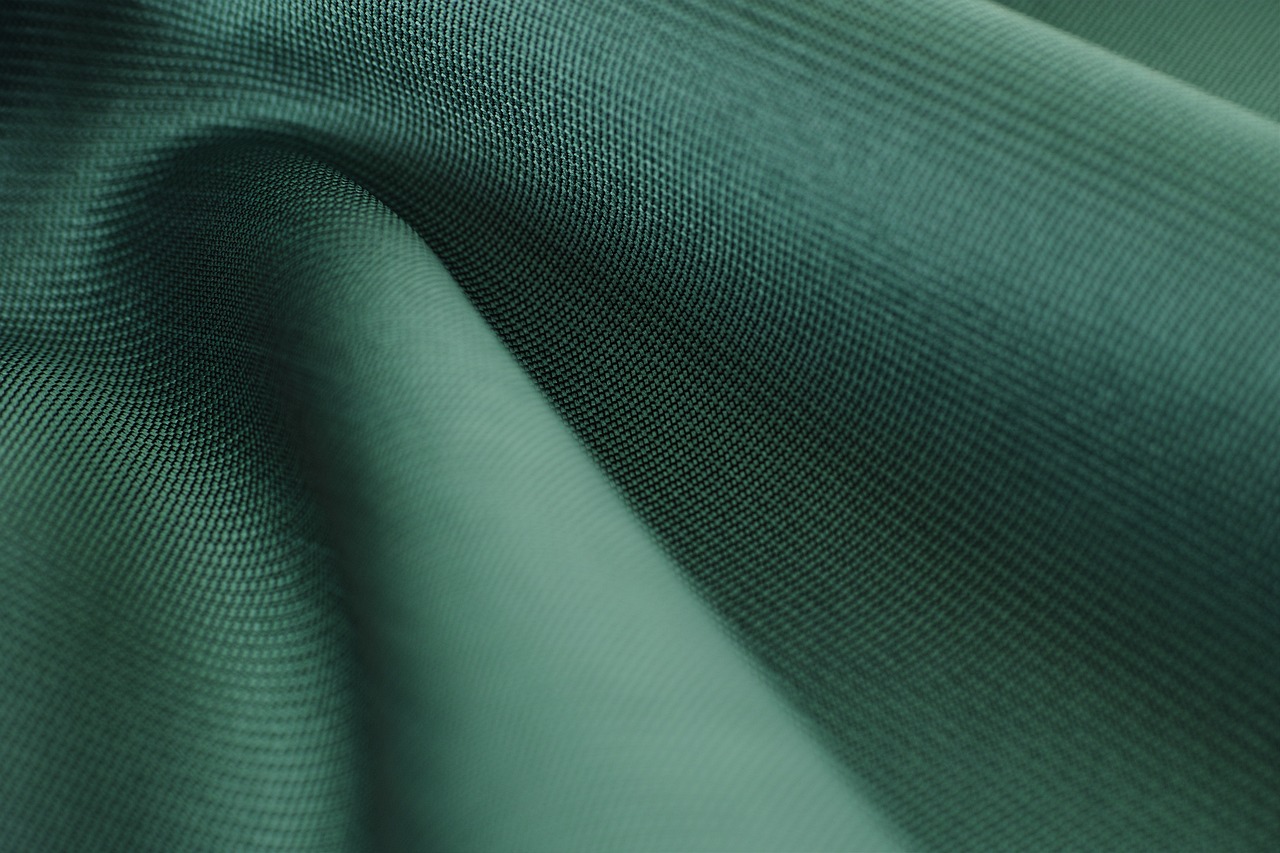
Understanding Fabric Types
When diving into the world of patchwork quilting, understanding fabric types is like learning the alphabet before writing a novel. Each fabric type carries its own unique properties that can dramatically influence the overall look, feel, and durability of your quilt. You wouldn’t want to use a fabric that’s too heavy for a delicate quilt, right? So, let’s break down the most common fabric types you’ll encounter and how they can affect your project.
Firstly, we have cotton, the gold standard for quilting. It’s widely favored for its versatility, softness, and ability to hold colors well. Cotton fabrics come in various weights and patterns, making them perfect for both traditional and modern quilts. The beauty of cotton lies in its breathability, which keeps your quilt cozy without overheating you. Additionally, cotton is generally easy to sew, allowing for a smooth quilting experience.
Next up is flannel. This fabric is a dream for those chilly nights, providing a warm and fuzzy feel that invites snuggles. Flannel is typically heavier than regular cotton and has a soft, brushed surface, making it ideal for cozy quilts. However, it’s essential to remember that flannel can shrink more than cotton, so pre-washing is crucial to avoid any surprises later on.
Then we have batik fabrics, which are known for their stunning, vibrant colors and intricate designs. Batiks are made using a unique dyeing process that creates beautiful patterns, making them a fantastic choice for adding visual interest to your quilt. They tend to be tightly woven and can be a bit stiffer than regular cotton, but they soften up beautifully with washing.
| Fabric Type | Properties | Best Uses |
|---|---|---|
| Cotton | Soft, breathable, holds color well | Traditional and modern quilts |
| Flannel | Warm, fuzzy, heavier | Cozy quilts for colder weather |
| Batik | Vibrant colors, intricate designs | Visual interest, artistic quilts |
Don’t overlook linen either! While it’s not as common as cotton or flannel, linen offers a unique texture and a natural, rustic look that can add character to your quilt. It’s breathable and strong, but be cautious—it can wrinkle easily and may require more care during the sewing process.
Lastly, consider specialty fabrics like silk or velvet for those who want to take their quilting to the next level. These fabrics can add a touch of luxury to your quilt but come with their own challenges. They can be slippery and tricky to sew, so it’s best to use them in combination with sturdier fabrics to maintain structure.
In summary, understanding the various fabric types is crucial for creating a beautiful and durable patchwork quilt. Each fabric has its own personality, and choosing the right ones for your project will help you craft a quilt that not only looks stunning but also stands the test of time. So, whether you opt for the classic comfort of cotton or the luxurious feel of silk, remember that the fabric you choose is the foundation of your quilting adventure.
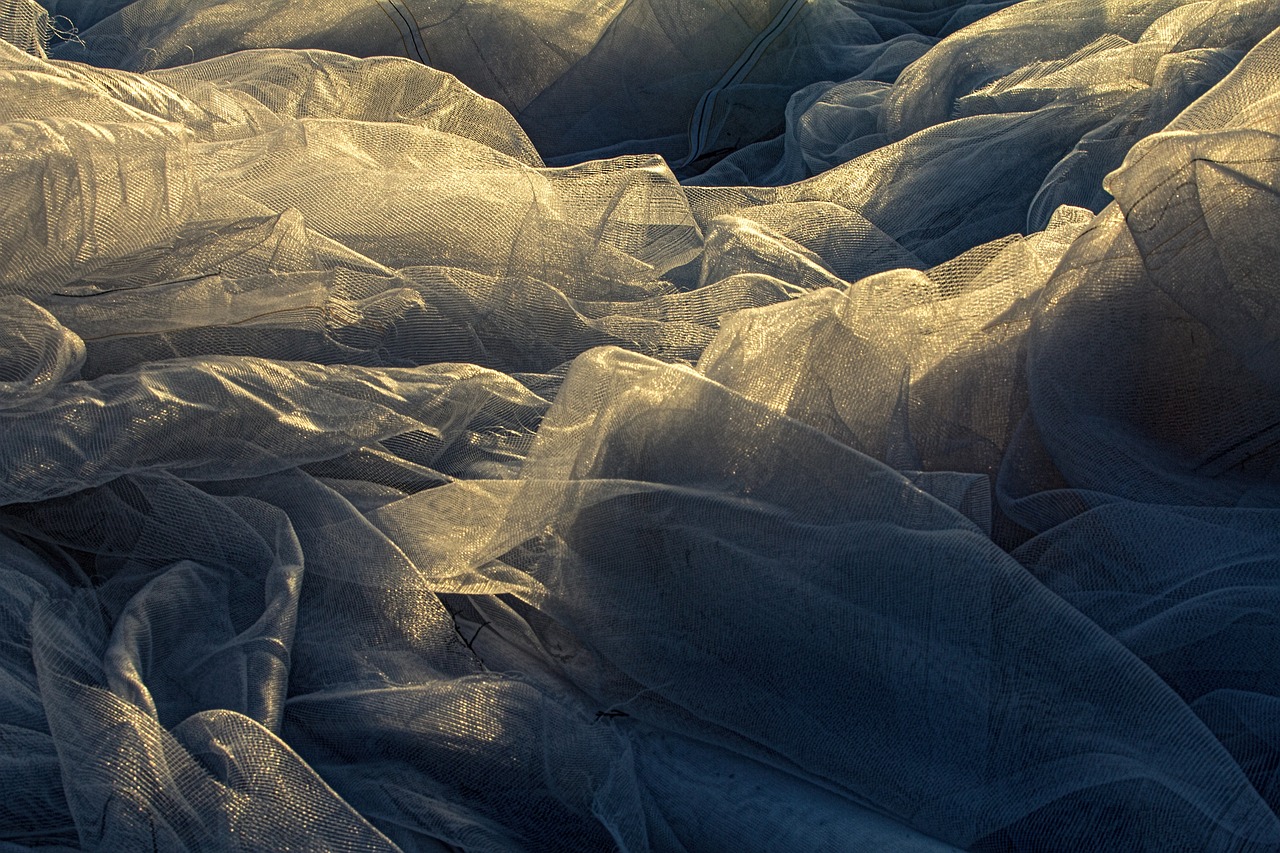
Choosing Colors and Patterns
When it comes to creating a stunning patchwork quilt, color and pattern selection is not just a step; it's an art form. Imagine your quilt as a blank canvas, and the fabrics are your paints. The right colors and patterns can transform a simple quilt into a breathtaking masterpiece that tells a story. But how do you achieve that perfect balance? Let’s dive into some essential tips and tricks that will help you mix and match like a pro.
First off, think about the mood you want to convey with your quilt. Are you aiming for something cheerful and bright, or perhaps a more subdued, cozy feel? This decision will guide your color choices. For instance, vibrant hues like reds and yellows can evoke warmth and happiness, while cooler tones like blues and greens can bring a sense of calm and tranquility. Don’t be afraid to play with different shades; sometimes, a single color in various tones can create a stunning gradient effect.
Next, let’s talk about patterns. The scale of the patterns you choose can dramatically affect the overall look of your quilt. Mixing small and large patterns can create visual interest and prevent your quilt from feeling flat. For example, you might pair a large floral print with smaller polka dots or stripes. This contrast not only adds depth but also keeps the eye engaged. Just remember, balance is key! Too many busy patterns can overwhelm the senses, while too few can make the quilt feel dull.
Now, you might be wondering, “How do I know which patterns go well together?” One effective method is to use a color wheel. By understanding the relationships between colors, such as complementary or analogous colors, you can create a harmonious palette. Complementary colors sit opposite each other on the wheel and can create striking contrasts, while analogous colors are next to each other and provide a more subtle blend. For example:
| Color Pair | Type | Effect |
|---|---|---|
| Blue & Orange | Complementary | Vibrant contrast |
| Red & Pink | Analogous | Soft, cohesive look |
| Green & Yellow | Analogous | Fresh and lively |
Additionally, consider the theme of your quilt. Are you going for a seasonal vibe, like autumn leaves or spring blossoms? Or perhaps you want to reflect a personal story or a cherished memory? Incorporating fabrics that resonate with your theme can make your quilt even more meaningful.
Finally, always remember to step back and evaluate your choices. Sometimes, what looks good up close might not work as well when viewed from a distance. Consider laying out your fabric pieces before you start sewing to get a sense of how they interact with one another. This process can also help you identify any patterns or colors that might clash, allowing you to make adjustments before committing to your design.
In summary, choosing colors and patterns for your patchwork quilt is a delightful journey of creativity. With a little thought and experimentation, you can create a quilt that not only looks beautiful but also feels personal and unique. So grab those fabrics and let your imagination run wild!
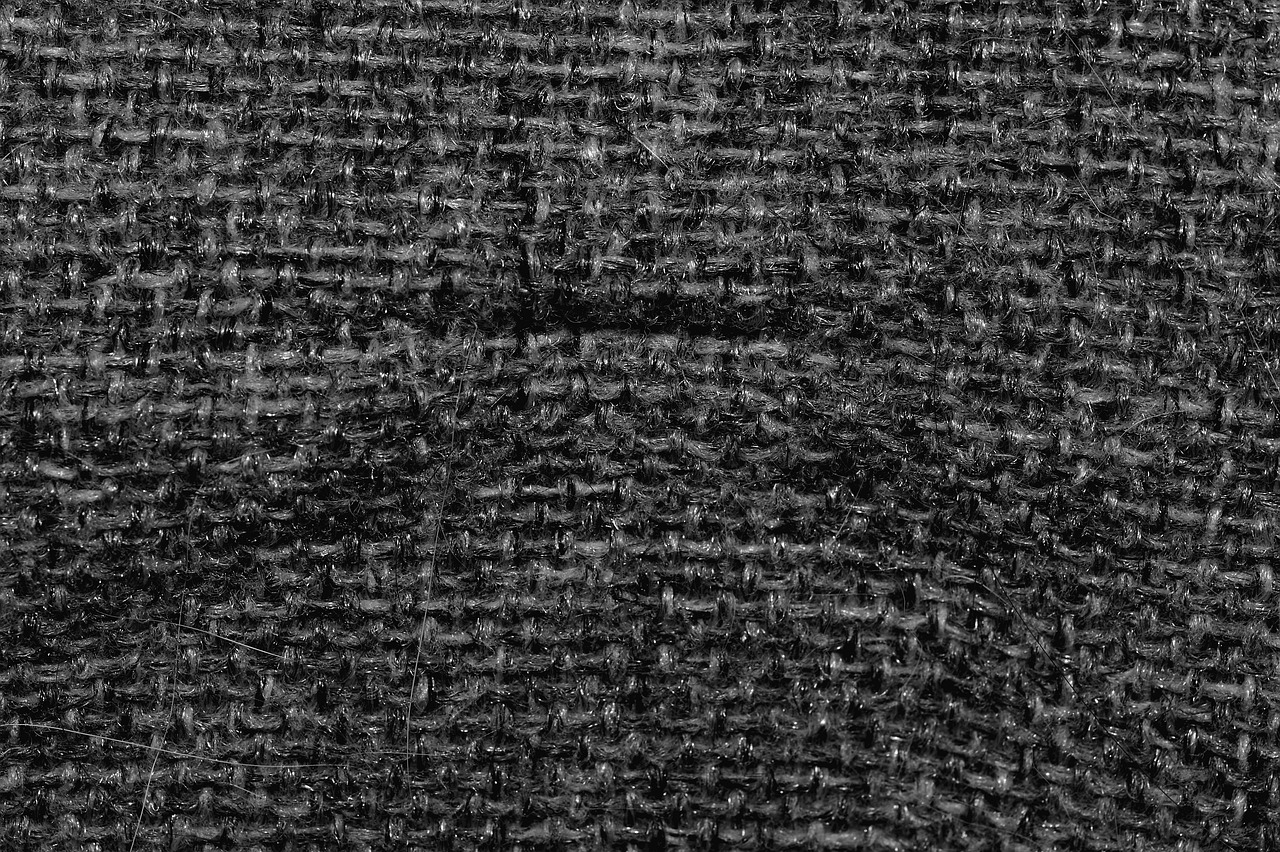
Color Theory Basics
When it comes to choosing fabrics for your patchwork quilt, understanding color theory is like having a secret weapon in your creative arsenal. It’s not just about picking pretty colors; it’s about creating a visual symphony that resonates with the viewer. At its core, color theory revolves around the color wheel, which organizes colors in a way that helps you see relationships between them. Imagine the color wheel as a map that guides you through the vibrant landscape of hues, shades, and tones. By familiarizing yourself with this tool, you’ll be better equipped to make choices that enhance the beauty of your quilt.
One of the fundamental concepts in color theory is the idea of complementary colors. These are colors that sit opposite each other on the color wheel, like blue and orange or red and green. When paired together, they create a striking contrast that can make your quilt pop with energy. But don’t stop there! You can also explore analogous colors, which are located next to each other on the wheel. These colors blend harmoniously and can evoke a sense of calm and unity in your design.
To create balance in your quilt, consider using a combination of both complementary and analogous colors. This approach allows you to play with contrast while maintaining a cohesive look. For example, if you choose a vibrant orange as your main color, you might pair it with soft yellows and reds for an analogous palette, while using blue as a complementary color to add that extra spark.
Another important aspect of color theory is understanding value, which refers to how light or dark a color is. Incorporating a range of values can add depth to your quilt, making it visually interesting. Think of it as creating a layered effect, where some fabrics recede into the background while others leap forward, drawing the eye in. This technique can be particularly effective when you’re working with prints and solids together.
In addition to value, consider the temperature of your colors. Warm colors (like reds, yellows, and oranges) tend to evoke feelings of warmth and energy, while cool colors (like blues, greens, and purples) can create a sense of calm and relaxation. Knowing how to balance these temperatures can help you dictate the mood of your quilt. For instance, a quilt dominated by warm colors might feel inviting and cheerful, perfect for a cozy living room, while a quilt with cool colors may lend itself to a serene bedroom atmosphere.
Finally, don’t forget about the scale of your patterns and colors. Mixing large prints with smaller ones can create an exciting visual contrast that keeps the eye moving across the quilt. Just like in music, where different instruments play together to create a beautiful symphony, combining various scales can lead to a stunning visual composition. So, as you embark on your patchwork journey, remember to embrace the principles of color theory. It’s your ticket to creating a quilt that’s not only beautiful but also a true expression of your creativity!
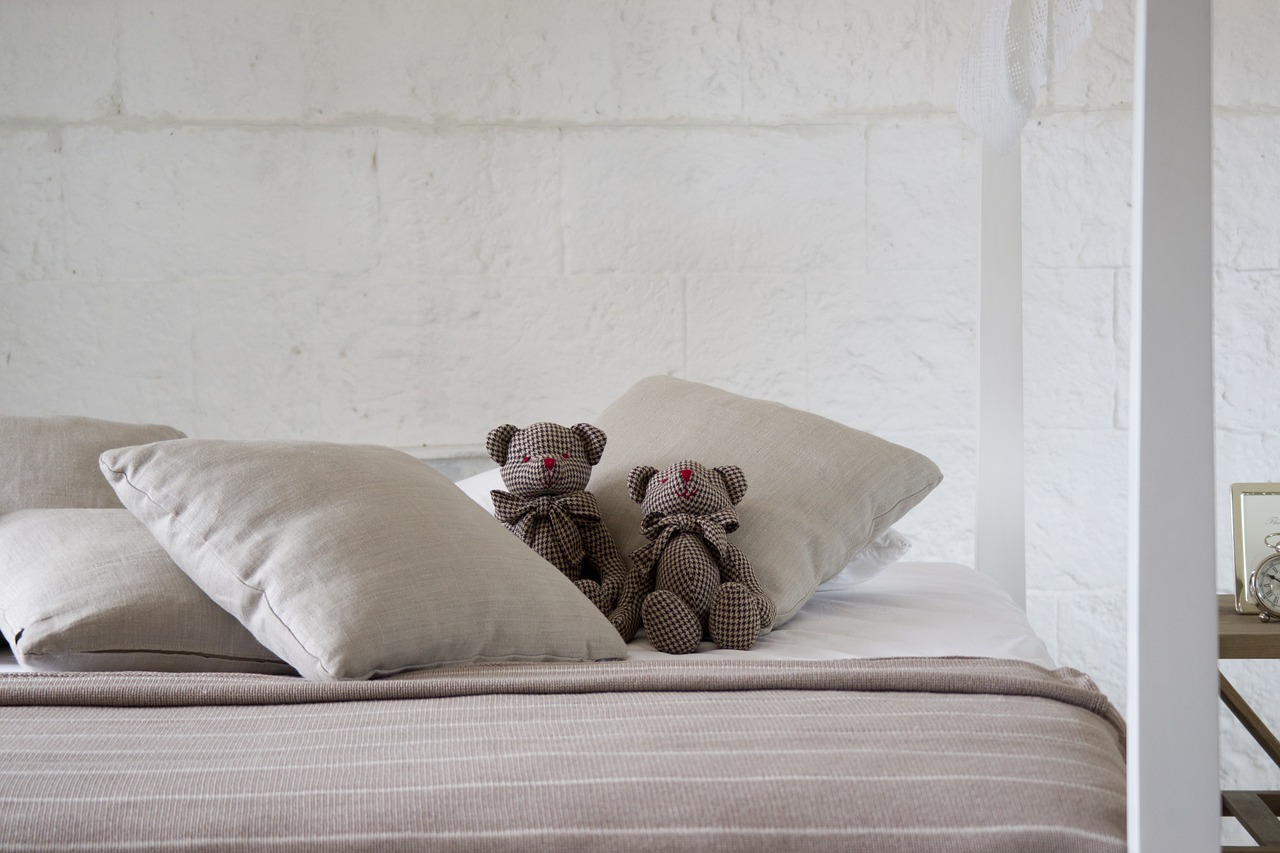
Warm vs. Cool Colors
When it comes to choosing fabrics for your patchwork quilt, understanding the difference between warm and cool colors can make a world of difference in the overall vibe of your creation. Think of warm colors as the sun on a summer day—bright, inviting, and full of energy. These colors, which include reds, oranges, and yellows, can create a sense of warmth and coziness in your quilt, making it feel inviting and cheerful. On the other hand, cool colors, such as blues, greens, and purples, evoke a sense of calm and serenity, reminiscent of a tranquil lake or a clear sky. The choice between these color families can significantly influence the emotional response your quilt elicits.
Imagine snuggling under a quilt that radiates warmth and comfort on a chilly evening. That’s the magic of warm colors! They can create a feeling of intimacy and energy, perfect for a quilt intended for a family gathering or a cozy reading nook. However, if you’re aiming for a more sophisticated or serene atmosphere, cool colors can provide that peaceful retreat, allowing you to unwind and relax. The key is to think about the mood you want to convey with your quilt and choose your fabrics accordingly.
Mixing warm and cool colors can also yield stunning results, creating a dynamic and visually interesting quilt. For instance, pairing a vibrant orange with a soft blue can create a beautiful contrast that draws the eye and adds depth to your design. You might consider using a color wheel to help visualize how these colors interact with one another. A color wheel not only showcases warm and cool colors but also illustrates complementary colors that can enhance your design.
Ultimately, the choice between warm and cool colors should align with the theme of your quilt and the emotions you wish to evoke. Whether you want to create a vibrant, lively quilt or a calm, soothing one, understanding the impact of color temperature will help you make informed decisions. So, the next time you’re browsing through fabric options, take a moment to consider how the colors will work together and the feelings they will inspire.
- What are warm colors? Warm colors include reds, oranges, and yellows, which tend to evoke feelings of warmth and energy.
- What are cool colors? Cool colors encompass blues, greens, and purples, creating a calming and serene atmosphere.
- Can I mix warm and cool colors in my quilt? Absolutely! Mixing warm and cool colors can create beautiful contrasts and add visual interest to your quilt.
- How do I choose the right colors for my quilt? Consider the mood you want to convey, use a color wheel for guidance, and experiment with different combinations to see what resonates with you.
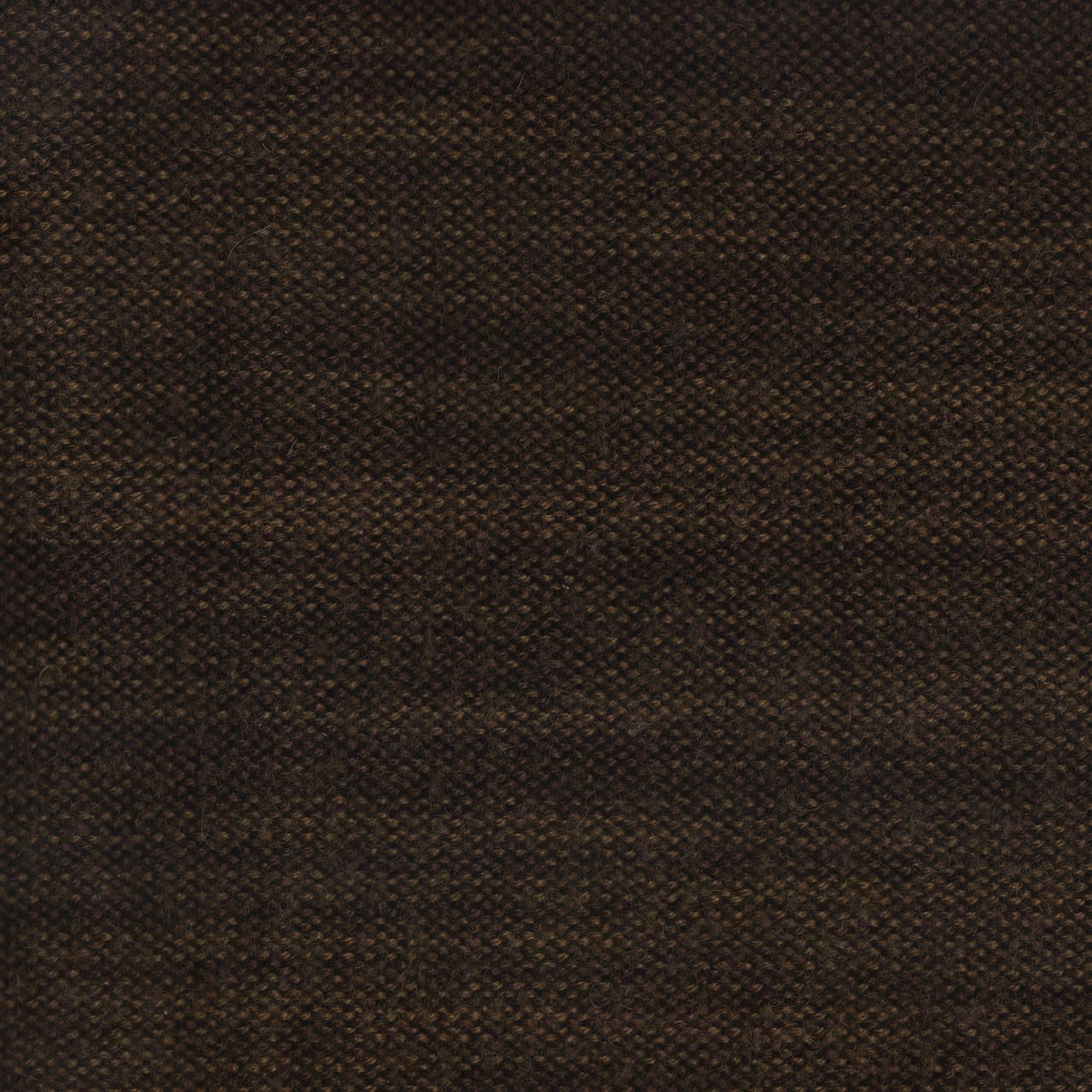
Pattern Scale and Contrast
When it comes to patchwork quilts, understanding the concept of is crucial for creating a visually appealing masterpiece. Imagine walking through a vibrant garden; the interplay of large sunflowers against tiny daisies creates a stunning visual feast. In the same way, mixing different pattern scales in your quilt can lead to a dynamic and engaging design. So, how do you achieve this balance? It’s all about knowing when to go big and when to keep it small.
First, let’s talk about pattern scale. The scale of a pattern refers to the size of the design elements within the fabric. For instance, a fabric with large geometric shapes will have a very different impact compared to one with tiny polka dots. When choosing your fabrics, consider how these scales will interact with each other. A good rule of thumb is to combine large, medium, and small patterns to create a sense of movement and interest within your quilt. This not only keeps the eye engaged but also helps to create a balanced composition.
Next, we have contrast. Contrast in quilting can be achieved through the use of color, pattern, and texture. Think of contrast as the seasoning in your favorite dish; just the right amount can elevate the entire experience. For example, pairing a bold, vibrant pattern with a softer, muted one can create a striking effect. This helps to draw attention to specific areas of your quilt, guiding the viewer's eye and creating focal points.
To illustrate the importance of scale and contrast, consider the following table:
| Pattern Scale | Recommended Pairings | Effect |
|---|---|---|
| Large | Medium or Small | Creates a bold statement |
| Medium | Small or Large | Balances the overall design |
| Small | Medium or Large | Adds intricate detail |
Incorporating a variety of pattern scales not only enhances the quilt’s visual appeal but also adds depth and texture. For instance, if you have a large floral print as your focal fabric, consider using smaller, more intricate patterns for the surrounding pieces. This creates a lovely contrast that can make your quilt truly stand out.
Lastly, don't shy away from experimenting! Quilting is an art form, and just like any artist, you have the freedom to play with different combinations. Lay out your fabrics and step back to see how they interact. Trust your instincts; if something feels off, it probably is. The joy of quilting lies in the process, so enjoy the journey of discovering what works best for you!
- What is the best way to mix patterns in a quilt? Start by choosing a focal fabric and then select complementary patterns in varying scales to create balance.
- How do I know if my patterns clash? Step back and look at your fabric choices from a distance; if they don’t harmonize, consider swapping out one of the patterns.
- Can I use more than three different patterns? Absolutely! Just ensure that you maintain a sense of balance and cohesion in your design.

Fabric Quality Considerations
When it comes to creating a stunning patchwork quilt, the quality of the fabric you choose is paramount. It’s not just about aesthetics; the durability and longevity of your quilt depend significantly on the materials you select. High-quality fabrics will not only look great but will also stand the test of time, ensuring that your quilt remains a cherished item for years to come. So, what should you look for when assessing fabric quality? Let's dive into some essential factors.
First and foremost, consider the fabric content. Natural fibers like cotton, linen, and wool generally offer better durability and breathability compared to synthetic options. For instance, 100% cotton is a popular choice among quilters due to its softness, ease of handling, and ability to hold vibrant colors. On the other hand, polyester blends can provide added strength and wrinkle resistance, making them a viable option for certain projects.
Next, you’ll want to examine the thread count of the fabric. A higher thread count usually indicates a denser weave, which can contribute to a smoother finish and greater durability. However, be cautious; not all high-thread-count fabrics are created equal. It’s essential to feel the fabric and assess its quality through touch. A fabric may have a high thread count but still feel rough or cheap due to poor manufacturing processes.
Another critical aspect to consider is the fabric weight. Quilting cotton typically comes in various weights, and understanding these can help you choose the right fabric for your project. Lighter fabrics are great for piecing, while heavier weights are ideal for backing or adding structure. A well-balanced quilt often combines different weights, so don’t shy away from experimenting with this aspect!
Additionally, always check for colorfastness. You wouldn’t want your beautiful quilt to fade or bleed colors after the first wash. A simple test involves dampening a small corner of the fabric and pressing it against a white cloth. If any color transfers, it’s best to reconsider your fabric choice. This step can save you from a lot of heartache down the road!
Lastly, consider the fabric price. While it can be tempting to go for the cheapest option, remember that you often get what you pay for. Investing in quality fabrics may seem costly upfront, but the payoff in durability and appearance is well worth it. Think of it as investing in a timeless piece of art that will be cherished for generations.
To summarize, when selecting fabrics for your patchwork quilt, keep the following factors in mind:
- Fabric Content: Opt for natural fibers for better durability.
- Thread Count: Higher counts can indicate better quality but feel is key.
- Fabric Weight: Choose appropriate weights for different quilt components.
- Colorfastness: Test to ensure colors won’t bleed.
- Price: Invest in quality for long-lasting results.
By paying attention to these quality considerations, you will ensure that your quilt not only looks stunning but also lasts through the years, becoming a treasured heirloom in your family.
Q: What is the best fabric for patchwork quilting?
A: 100% cotton is often considered the best choice due to its durability, ease of handling, and vibrant color retention.
Q: Should I pre-wash my fabrics?
A: Yes, pre-washing helps prevent shrinkage and color bleeding, ensuring your quilt maintains its intended size and appearance.
Q: How do I test for colorfastness?
A: Dampen a small piece of the fabric and press it against a white cloth. If any color transfers, consider choosing a different fabric.
Q: Can I mix different fabric types in my quilt?
A: Absolutely! Mixing fabrics can add texture and depth to your quilt, just be mindful of the weights and drape.
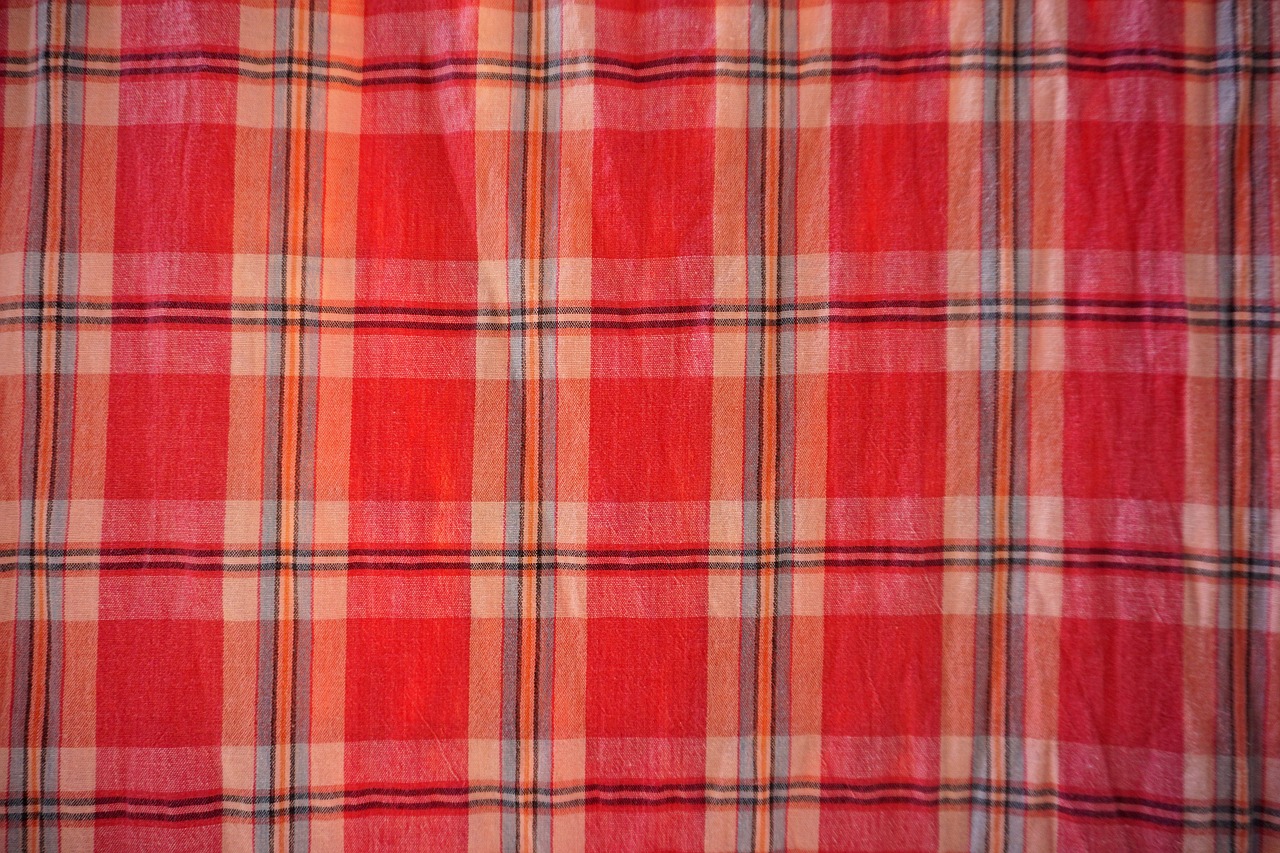
Pre-Washing Fabrics
When embarking on the journey of creating a patchwork quilt, one of the most crucial yet often overlooked steps is pre-washing your fabrics. Think of it as preparing the canvas for a masterpiece; you wouldn’t want to start painting on a dirty surface, right? Pre-washing not only helps to prevent future shrinkage and color bleeding but also ensures that your quilt maintains its intended size and beauty over time. Imagine the disappointment of finishing a beautiful quilt only to find that it has shrunk or that the vibrant colors have bled into one another after the first wash!
So, why is pre-washing so important? First, let’s talk about shrinkage. Different fabrics react differently to washing and drying. For instance, natural fibers like cotton tend to shrink more than synthetic fibers. By pre-washing, you can get a good idea of how much your fabric will shrink, allowing you to adjust your cutting and sewing accordingly. This is especially vital if you’re working with a variety of fabric types, as their shrinkage rates can vary significantly. Here’s a quick overview of how some common fabric types behave when washed:
| Fabric Type | Shrinkage Potential |
|---|---|
| Cotton | Moderate to High |
| Polyester | Low |
| Silk | Moderate |
| Flannel | Moderate |
Now, let’s tackle the issue of color bleeding. If you’ve ever washed a new red shirt with a white load, you know the potential disaster that awaits. Fabrics can bleed, especially those with vibrant dyes. By pre-washing, you can check for colorfastness—this means ensuring that the dye won’t run when exposed to water. A simple test is to dampen a white cloth and rub it on the fabric; if any color transfers, you may want to consider additional measures, like using a color fixative.
Here’s a quick guide on how to properly pre-wash your fabrics:
- Use cold water to prevent excessive shrinkage.
- Wash fabrics separately, especially those with bold colors.
- Use a mild detergent to avoid damaging the fibers.
- Dry the fabrics in a low heat setting, or air dry them to minimize shrinkage.
In conclusion, pre-washing your fabrics is a small step that yields significant benefits. It’s like laying a solid foundation before building a house; it ensures that your quilt will not only look stunning but also stand the test of time. So, before you dive into cutting and stitching, take a moment to give your fabrics the care they deserve. Your future self will thank you!
- Do I need to pre-wash all fabrics? It's highly recommended, especially for natural fibers and those with vibrant colors.
- What if I forget to pre-wash? If you forget, just be prepared for potential shrinkage and color bleeding after the first wash.
- Can I use fabric softener when pre-washing? It's best to avoid fabric softeners during pre-washing, as they can affect the dye and texture of the fabric.
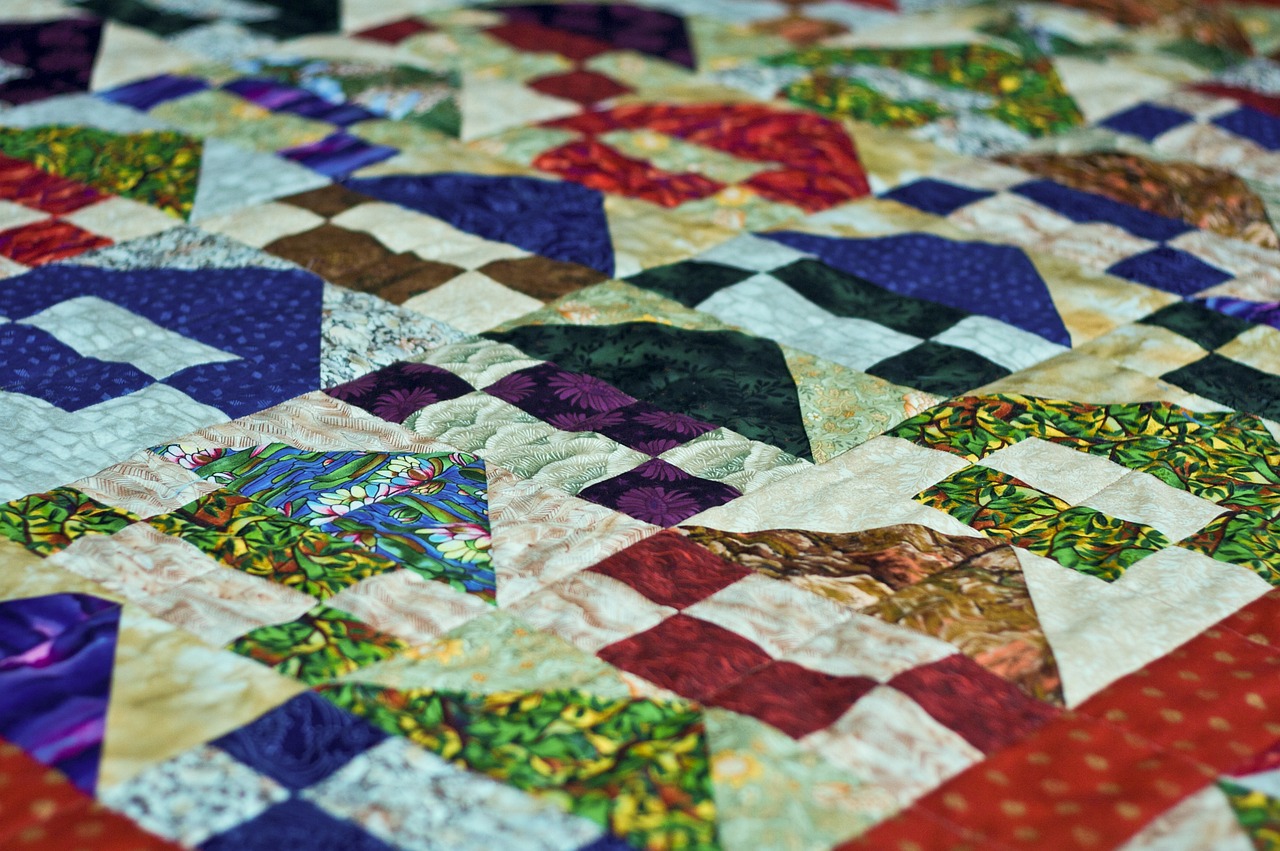
Fabric Shrinkage
When it comes to creating a patchwork quilt, one of the most critical factors to consider is . Imagine pouring your heart and soul into a beautiful quilt, only to have it shrink down to a fraction of its original size after the first wash. That’s a nightmare no quilter wants to experience! Understanding how different fabrics react to washing and drying is essential for maintaining the quilt's intended size and shape.
Different fabrics behave differently when exposed to water and heat. For instance, natural fibers like cotton and linen are notorious for shrinking, especially if they haven’t been pre-washed. On the other hand, synthetic fabrics such as polyester tend to resist shrinking, making them a more stable choice for some quilters. To help you navigate this fabric landscape, here’s a quick breakdown of common fabric types and their shrinkage tendencies:
| Fabric Type | Shrinkage Potential | Care Instructions |
|---|---|---|
| Cotton | High | Pre-wash in cold water; avoid high heat |
| Linen | Moderate | Pre-wash in cold water; iron while damp |
| Polyester | Low | Machine wash in warm water; tumble dry |
| Silk | Moderate | Hand wash or dry clean; avoid direct sunlight |
To avoid unpleasant surprises, it's wise to conduct a shrinkage test before committing to a fabric. Simply cut a small square of the fabric, wash it according to the care instructions, and then measure it before and after washing. This simple test can save you a lot of heartache and help you plan your quilt dimensions accordingly.
Additionally, consider the quilt's design and how different fabric weights can influence shrinkage. If you’re mixing heavier fabrics with lighter ones, the lighter fabric may shrink more, leading to uneven seams and a distorted quilt. Therefore, it's crucial to keep fabric weights in mind when selecting materials for your patchwork quilt.
In summary, fabric shrinkage is a vital aspect of quilt-making that deserves your attention. By selecting the right materials, pre-washing your fabrics, and conducting shrinkage tests, you can ensure that your quilt remains as stunning as you envisioned it to be. So, before you dive into your next quilting adventure, take a moment to consider how fabric shrinkage can impact your project!
- What is the best way to pre-wash fabrics? It's best to wash fabrics in cold water and tumble dry on low heat to minimize shrinkage.
- How can I test for colorfastness? You can test colorfastness by dampening a white cloth and rubbing it on the fabric. If color transfers, the fabric is not colorfast.
- Can I mix different fabric types in my quilt? Yes, but be mindful of the shrinkage rates and weights of the fabrics you choose to ensure they work well together.
- Is it necessary to pre-wash all fabrics? While it’s not mandatory, pre-washing is highly recommended to prevent shrinkage and color bleeding.
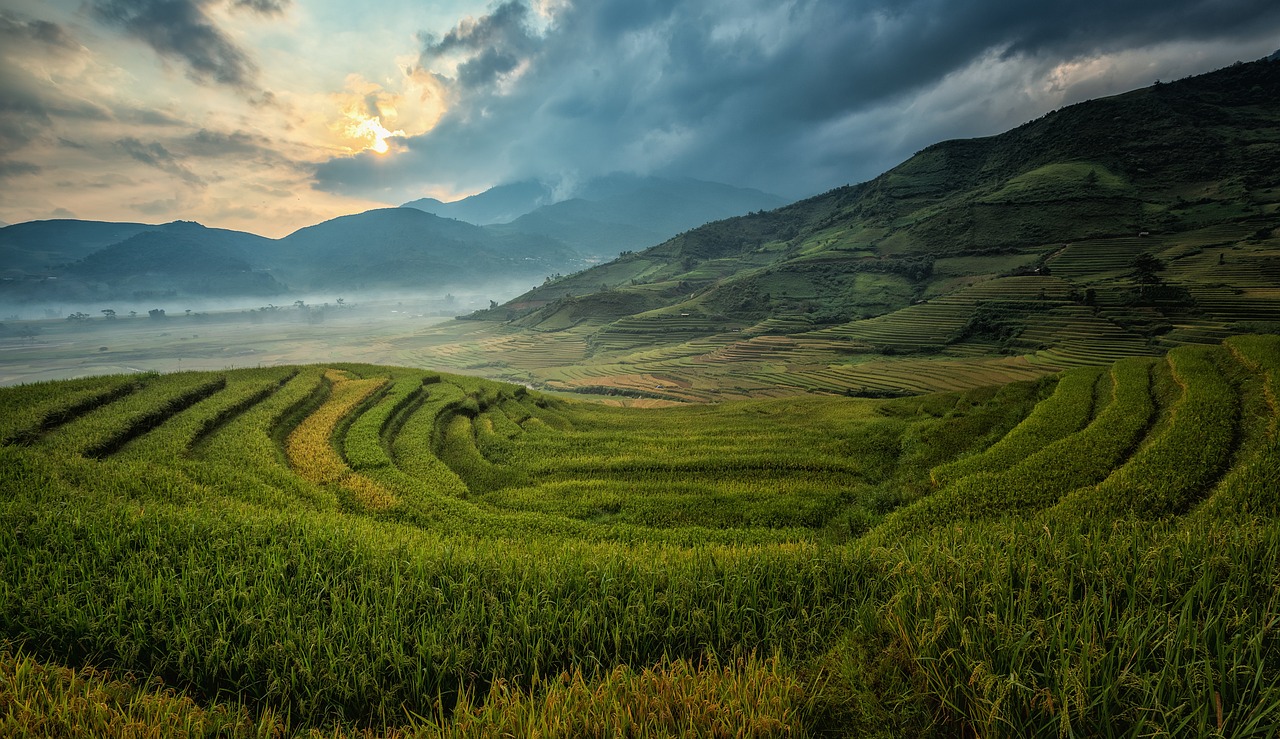
Colorfastness Testing
When it comes to quilting, one of the most frustrating surprises can be when your beautiful fabrics bleed into one another after the first wash. To avoid this potential disaster, it's crucial to conduct on your chosen fabrics. This simple yet effective step ensures that your quilt remains vibrant and visually appealing over time. So, how do you go about testing for colorfastness?
Colorfastness refers to the resistance of a fabric's color to fading or running when exposed to various conditions, such as washing, light, and perspiration. To test your fabrics, you'll want to perform a few straightforward methods. One popular approach is the water test. Here’s how to do it:
1. Take a small piece of the fabric you want to test. 2. Dampen a white cloth or cotton swab with water. 3. Rub the damp cloth on the fabric. 4. Check the white cloth for any color transfer.
If you notice any color on the white cloth, it’s a clear sign that the fabric is not colorfast and could bleed during washing. In that case, you might want to consider pre-treating the fabric with a color fixative or opting for a different fabric altogether. Remember, the goal is to ensure that your quilt remains as stunning as the day you finished it!
Another effective method is the soap test, which involves using a mild detergent instead of plain water. This simulates the conditions your quilt will face during a wash, giving you a more accurate idea of how your fabric will behave. Simply repeat the steps of the water test, but this time, use a mixture of water and a small amount of detergent. If there’s no color transfer, you can feel more confident about using that fabric in your quilt.
Ultimately, taking the time to perform these tests can save you a lot of heartache down the line. After all, there’s nothing worse than finishing a quilt only to have the colors run together after the first wash. By ensuring your fabrics are colorfast, you’re not just protecting your investment of time and materials; you’re also preserving the beauty and integrity of your quilt for years to come.
- What is colorfastness? Colorfastness is the ability of a fabric to retain its color without fading or bleeding when exposed to washing, light, or other environmental factors.
- How do I test for colorfastness? You can test for colorfastness by using the water test or soap test, where you check for color transfer onto a white cloth after rubbing it against the fabric.
- What should I do if my fabric is not colorfast? If your fabric is not colorfast, consider using a color fixative, washing it separately, or choosing a different fabric to prevent bleeding.
- Can I wash colorfast fabrics with other fabrics? Yes, you can wash colorfast fabrics with other fabrics, but it's advisable to wash new fabrics separately for the first few washes to ensure there’s no bleeding.
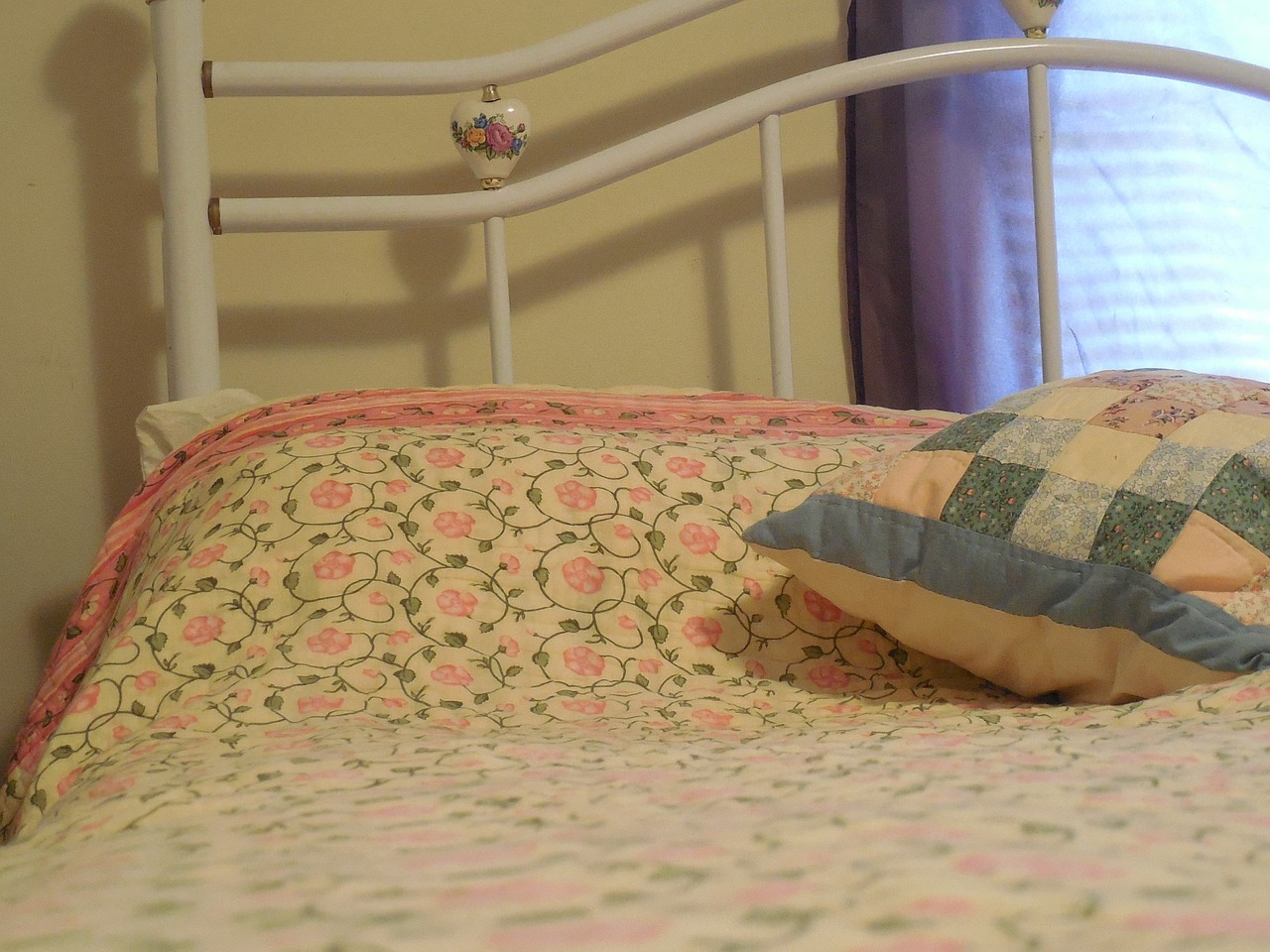
Combining Textures
When it comes to creating a patchwork quilt, one of the most exciting aspects is the opportunity to combine different textures. Think of your quilt as a canvas where each fabric contributes not just to the visual appeal but also to the tactile experience. Just like a chef combines flavors to create a delicious dish, you can mix textures to elevate your quilt from ordinary to extraordinary. The right combination can make your quilt not only beautiful but also interesting to touch and feel.
Imagine running your fingers over a quilt that features a blend of smooth cotton, soft flannel, and luxurious silk. Each fabric tells a story, and together they create a sensory journey. But how do you go about choosing these textures? First, it's important to understand the different fabric types and their weights, as they play a significant role in how they behave when sewn together.
Here’s a quick breakdown of common fabric types and their textures:
| Fabric Type | Texture | Typical Use |
|---|---|---|
| Cotton | Soft, smooth | General quilting |
| Flannel | Warm, fuzzy | Cozy quilts, winter projects |
| Silk | Luxurious, shiny | Accent pieces, special quilts |
| Velvet | Rich, plush | Decorative quilts |
When selecting fabrics, consider how their textures will interact with one another. For instance, pairing a smooth cotton with a fuzzy flannel can create a delightful contrast that invites touch. However, be cautious about combining fabrics that are too similar in weight; this can lead to a quilt that lacks structure and dimension.
Another aspect to consider is the overall drape of your quilt. Heavier fabrics like velvet can provide a beautiful fall, while lighter fabrics like cotton can give a more airy feel. Mixing weights can add a dynamic quality, making your quilt more visually appealing. For example, using a heavier fabric in the center of a patchwork block and surrounding it with lighter fabrics can create a stunning focal point.
Don’t forget about the importance of cohesion. While it’s fun to mix textures, ensure that they complement each other in terms of color and pattern. A well-thought-out combination can lead to a quilt that feels harmonious and inviting. You might want to create a small sample quilt block to test how your chosen fabrics interact before committing to the entire quilt.
In conclusion, combining textures in your patchwork quilt is all about experimentation and personal expression. Don’t be afraid to play with different fabric types and weights to discover what works best for you. Remember, every quilt tells a story, and the textures you choose will add depth and character to that narrative.
- What types of fabrics work best for patchwork quilts? Cotton is the most popular choice, but flannel, silk, and even velvet can be used for added texture.
- How do I know if two fabrics will work well together? Consider their textures, weights, and colors. Creating a sample quilt block can help you visualize how they will interact.
- Can I mix fabrics of different weights? Yes, mixing different weights can add dimension to your quilt, but be mindful of how they will drape together.
- Should I pre-wash my fabrics before combining them? Yes, pre-washing helps prevent shrinkage and color bleeding, ensuring your quilt maintains its beauty over time.
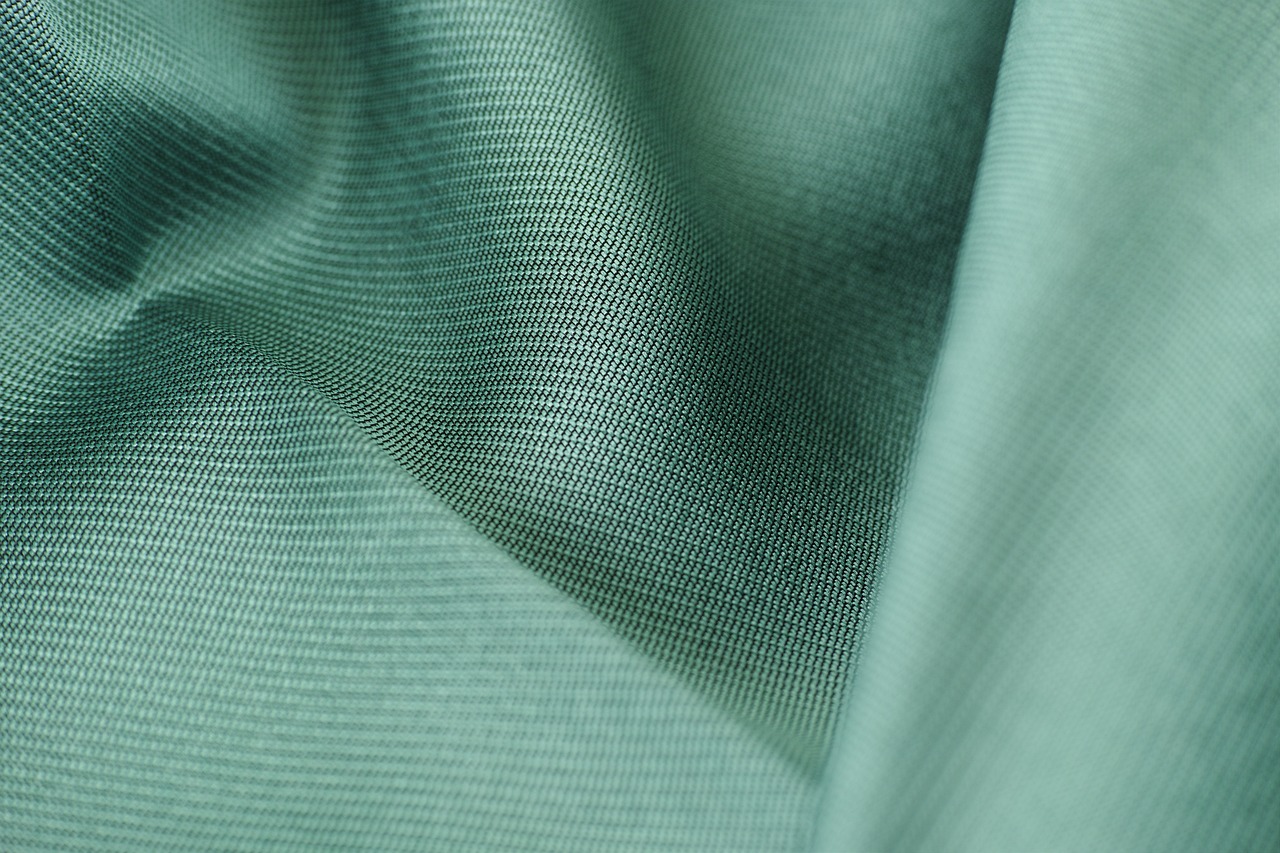
Understanding Fabric Weights
When it comes to creating a stunning patchwork quilt, one of the most crucial elements to consider is the weight of the fabric. Fabric weight refers to how heavy or light a fabric is, and it can significantly impact the overall drape, feel, and functionality of your quilt. Generally, fabric weights are measured in ounces per square yard, and understanding these weights can help you make informed decisions that align with your design vision.
There are three primary categories of fabric weights that you should familiarize yourself with: lightweight, medium weight, and heavyweight. Each category serves different purposes and can create distinct effects in your quilt. For instance, lightweight fabrics, such as cotton lawn or voile, are perfect for delicate quilts and can add an ethereal quality. On the other hand, heavyweight fabrics, like canvas or denim, provide durability and structure, making them ideal for quilts that will see a lot of use.
To give you a clearer understanding, here’s a simple table that outlines common fabric weights and their typical uses:
| Fabric Weight Category | Weight (oz/sq yd) | Common Uses |
|---|---|---|
| Lightweight | 2-4 oz | Summer quilts, baby quilts, and delicate patchwork |
| Medium Weight | 4-7 oz | Everyday quilts, table runners, and home décor |
| Heavyweight | 7+ oz | Durable quilts, outdoor quilts, and heavy-use items |
Another important aspect to consider is how the weight of the fabric interacts with the quilt batting and backing. For example, if you choose a lightweight fabric for the top layer, pairing it with a heavier batting can create an interesting contrast in texture and warmth. Conversely, using a heavyweight fabric for the top layer may require a lighter batting to avoid an overly bulky quilt. This balance is essential for achieving the desired drape and feel.
In addition to the physical characteristics, think about the intended use of your quilt. If it’s going to be a cozy throw for chilly evenings, a heavier fabric might be the way to go. But if it’s meant for a decorative purpose, lightweight fabrics can give it a soft, airy look. Remember, the choice of fabric weight can also influence how well your quilt holds up over time. A well-constructed quilt with the right fabric weight can last for generations, while a poorly chosen combination might lead to wear and tear.
Ultimately, understanding fabric weights is about finding the right balance for your quilt project. By considering the drape, texture, and durability of the fabrics you choose, you’ll be able to create a patchwork quilt that not only looks beautiful but also stands the test of time. So, the next time you’re at the fabric store, take a moment to feel the weight of each fabric and envision how it will contribute to your masterpiece!
- What is the best fabric weight for a quilt? It depends on the quilt's purpose. Lightweight fabrics are great for decorative quilts, while heavyweight fabrics are better for functional quilts.
- How do I know if a fabric is too heavy for my quilt? If the fabric feels bulky and doesn't drape well, it may be too heavy. Aim for a balance that complements your design.
- Can I mix fabric weights in a quilt? Yes! Mixing weights can add interest, but be sure to consider how they interact with each other and the batting.
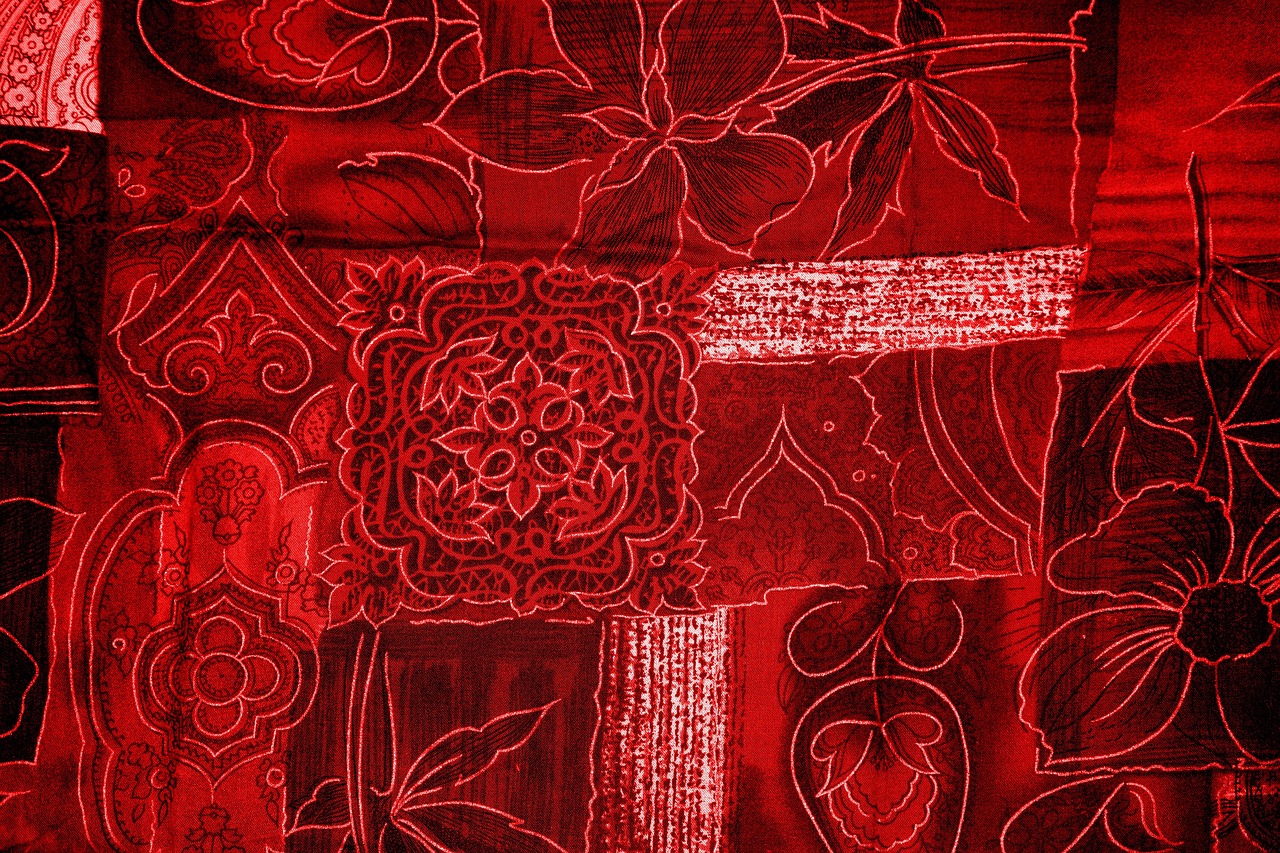
Using Specialty Fabrics
When it comes to quilting, the choice of fabric can truly make or break your project. While standard cottons are a staple for many quilters, specialty fabrics can add a touch of elegance, texture, and uniqueness that elevates your quilt to a whole new level. Imagine wrapping yourself in a quilt that not only tells a story through its colors and patterns but also feels luxurious against your skin. Isn’t that what every quilter dreams of?
Specialty fabrics encompass a variety of materials, each bringing its own charm and characteristics. Here are a few popular options:
- Silk: Known for its sheen and softness, silk can add a lavish feel to your quilt. However, it can be tricky to work with due to its slippery nature. It’s best to pair it with more stable fabrics to prevent shifting during the sewing process.
- Velvet: This fabric offers a rich texture and depth, making it perfect for creating cozy quilts. Keep in mind that velvet can be bulky, so using it in smaller patches or as accents can help maintain the quilt’s overall structure.
- Flannel: If you’re aiming for warmth, flannel is your go-to. It’s soft, cozy, and perfect for colder months. Just remember, flannel can shrink more than cotton, so pre-washing is essential!
- Linen: Offering a beautiful drape and breathability, linen can be a great choice for quilts intended for warmer climates. However, it wrinkles easily, so consider using it in combination with sturdier fabrics.
Incorporating these specialty fabrics into your quilt can create a stunning visual contrast. For instance, mixing a luxurious silk with a rustic cotton can produce an eye-catching effect that draws the viewer in. Just think of it as creating a textural tapestry where each fabric tells its own story while contributing to the whole.
However, working with specialty fabrics does come with its challenges. They often require different handling techniques compared to standard quilting cotton. For example, you might need to adjust your sewing machine settings or use specific needles to accommodate the unique qualities of each fabric. It’s crucial to test your sewing technique on scraps before diving into your main project.
One of the most exciting aspects of using specialty fabrics is the potential for creativity. Imagine a patchwork quilt where each patch is made from a different fabric, showcasing a range of textures and colors. This not only captures attention but also invites touch, making your quilt a sensory experience. So, don’t shy away from experimenting! The world of specialty fabrics is vast, and your quilt is an open canvas waiting for your artistic touch.
In conclusion, using specialty fabrics can transform your patchwork quilt from ordinary to extraordinary. Embrace the challenge, explore different textures, and let your creativity flow. After all, quilting is not just about the end product; it’s about the journey of creation and the stories woven within each stitch.
Q: Can I mix specialty fabrics with regular quilting cotton?
A: Absolutely! Mixing fabrics can add depth and interest to your quilt. Just be mindful of the different properties of each fabric type.
Q: Do I need to pre-wash specialty fabrics?
A: Yes, it’s essential to pre-wash all fabrics, including specialty ones, to prevent shrinkage and color bleeding in the future.
Q: How do I care for quilts made with specialty fabrics?
A: Depending on the fabric, you may need to use gentle cycles and cold water. Always check the care instructions for each specialty fabric.
Q: Are specialty fabrics more expensive?
A: Generally, yes. Specialty fabrics often come at a higher price point due to their unique qualities and manufacturing processes.
Frequently Asked Questions
- What types of fabrics are best for patchwork quilts?
When selecting fabrics for patchwork quilts, it's essential to consider cotton as a primary choice due to its durability and ease of handling. However, you can also explore blends like cotton-polyester for added wrinkle resistance, or specialty fabrics like silk and flannel for unique textures. Each fabric type brings its own charm and functionality to your quilt.
- How do I choose the right colors and patterns for my quilt?
Choosing colors and patterns is all about creating visual harmony. Start with a color palette that resonates with you—consider using the color wheel to identify complementary colors. Mixing different scales of patterns can also add depth; for example, pairing large floral prints with small polka dots can create a delightful contrast.
- Why is pre-washing fabrics important?
Pre-washing fabrics is crucial because it helps prevent future shrinkage and color bleeding after your quilt is completed. By washing your fabrics before you start sewing, you can ensure that they will maintain their size and vibrancy, keeping your quilt looking beautiful for years to come.
- How can I test for colorfastness?
Testing for colorfastness is simple! Just dampen a small section of your fabric and press it against a white cloth. If any color transfers onto the cloth, your fabric may bleed when washed. This step is vital to ensure that your quilt remains vibrant and that colors don’t mix unexpectedly.
- What are the best fabric weights to use in a quilt?
Fabric weights can significantly affect the drape and feel of your quilt. Lighter fabrics, like quilting cotton, are great for piecing, while heavier fabrics, such as flannel or canvas, can add warmth and structure. A mix of weights can create a unique tactile experience, so don’t be afraid to experiment!
- Can I use specialty fabrics in my quilt?
Absolutely! Incorporating specialty fabrics like silk, velvet, or even denim can enhance the aesthetic of your quilt. Just keep in mind that these fabrics may require different handling and care, so be sure to read up on how to work with them to achieve the best results.



















